Switching to solar charging for your lithium batteries? Discover how to harness the sun's power efficiently and safely for your energy storage needs.
To charge lithium batteries with solar panels, you need: solar panels, a lithium-compatible charge controller, proper wiring, and optionally a battery management system (BMS). The charge controller regulates voltage/current to safely charge batteries from solar input.
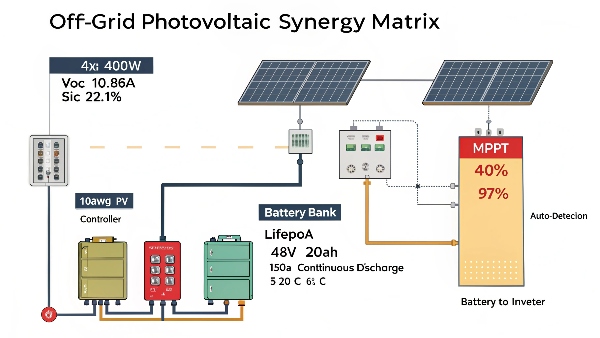
From our 12 years of battery manufacturing experience, we've found solar charging works exceptionally well with lithium batteries - their high efficiency and wide operating temperature range make them ideal for renewable energy systems.
How to Charge a Lithium Battery?
Understanding proper charging methods is crucial for battery longevity - whether using solar or grid power.
Charge lithium batteries using a dedicated lithium charger at the correct voltage (typically 14.4-14.6V for 12V systems), current (usually 0.5C maximum), and with temperature monitoring. Never use lead-acid chargers on lithium batteries.
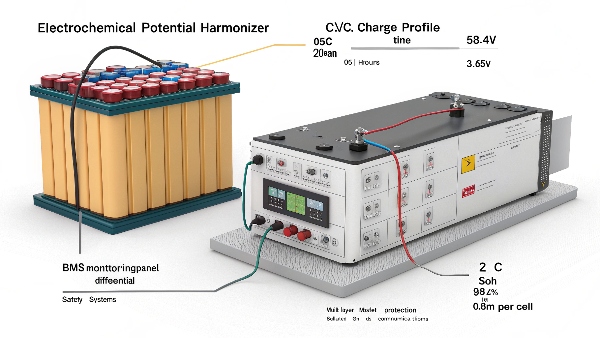
Lithium Battery Charging Essentials:
| Parameter | Specification | Importance |
|---|---|---|
| Charging Voltage | Varies by chemistry (LiFePO4: 3.6V/cell) | Prevents overcharge |
| Charging Current | 0.5C recommended (e.g., 50A for 100Ah) | Balances speed/safety |
| Temperature Range | 0°C-45°C charging range | Avoids damage |
| Charge Termination | Automatic (CC/CV method) | Prevents overcharging |
Key recommendations from our lab:
- Use lithium-specific chargers
- Monitor first few charge cycles
- Balance cells periodically
- Stop charging if abnormal heat occurs
Can You Charge a Lithium Battery Too Fast?
Pushing charging limits might save time but could cost you in battery lifespan - where's the sweet spot?
Yes, charging lithium batteries too fast (above 1C typically) generates excessive heat, degrades components faster, and can reduce total cycle life by 20-30%. Stick to manufacturer-recommended charge rates for best results.
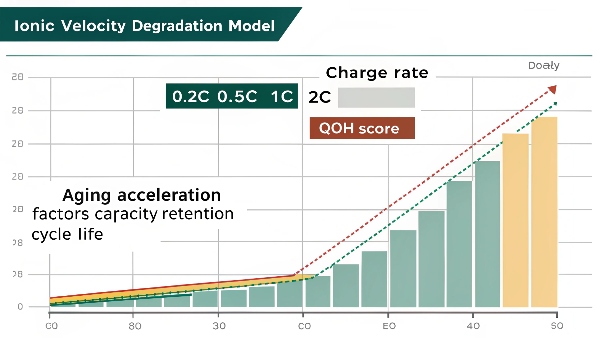
Fast Charging Effects on Lithium Batteries:
-
Immediate Impacts
- Increased operating temperature
- Greater voltage stress
- More pronounced cell imbalance
-
Long-Term Consequences
- Electrode degradation1
- Electrolyte breakdown
- Reduced charge capacity over time
-
Safety Considerations
- Higher risk of thermal runaway2
- More strain on BMS
- Potential safety circuit activation
Our testing shows batteries charged at 0.3C maintain 15% more capacity after 500 cycles compared to 1C charging.
Can Solar Power Charge Batteries Faster Than Electricity?
Solar charging offers eco-friendly energy, but how does its speed compare to traditional grid charging?
No, solar typically charges batteries slower than grid power due to variable sunlight intensity and lower current output. Mains power can consistently deliver higher, regulated current for faster charging when needed.
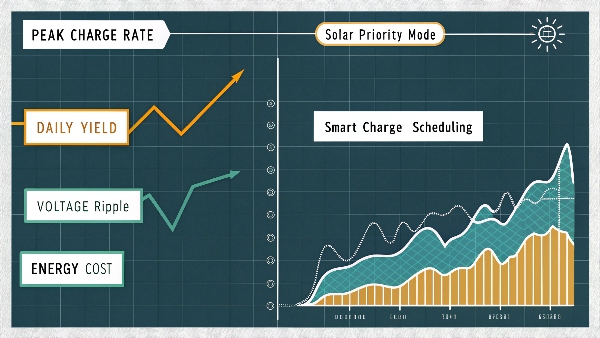
Solar vs Grid Charging Comparison:
| Factor | Solar Charging | Grid Charging |
|---|---|---|
| Speed | Slower (weather-dependent) | Faster (consistent power) |
| Current Output | Limited by panel wattage | Limited by charger capacity |
| Best Conditions | Bright sunlight | Any time |
| Installation Cost | Higher initial cost | Lower initial cost |
| Operational Cost | Free sunlight | Electricity bills |
Our hybrid system data shows:
- Grid-assisted solar charging offers best balance
- Morning solar charging is most efficient
- Combining sources provides charging flexibility
Can You Charge a Lithium Battery with a Solar Panel?
Making the solar-to-battery connection work safely requires the right components and knowledge.
Yes, you can charge lithium batteries with solar panels by using a proper charge controller to regulate the variable solar output to safe lithium battery charging parameters (voltage/current).
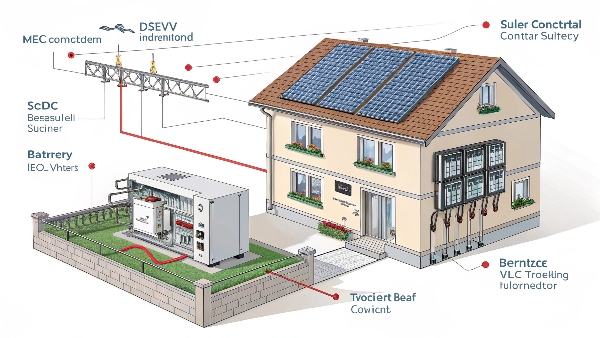
Solar Charging Lithium Batteries: Step-by-Step
-
Component Selection
- Solar panel with sufficient wattage
- MPPT charge controller (preferred)
- Lithium-compatible wiring/connectors
-
System Configuration
- Panel orientation for maximum sunlight
- Proper gauge wiring for current
- Correct controller settings for lithium chemistry
-
Safety Considerations
- Overcharge protection
- Temperature monitoring
- Proper ventilation
- Waterproof connections (if outdoors)
Our installations typically use MPPT controllers for 20-30% better solar harvesting compared to PWM models.
Conclusion
Solar charging lithium batteries provides clean, renewable energy but requires proper components and techniques - balance charging speed with battery health, use quality controllers, and consider hybrid charging solutions for best results.

